-
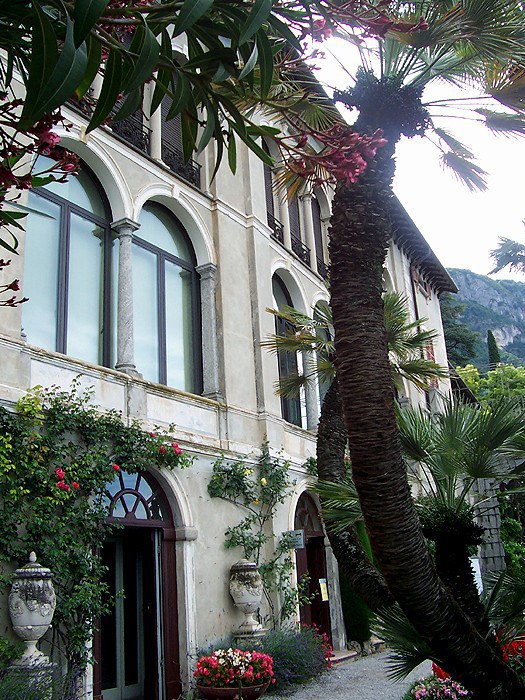
Villa Monastero Gardens -
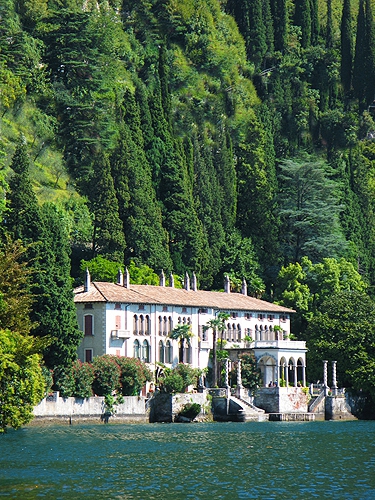
Villa Monastero Gardens -
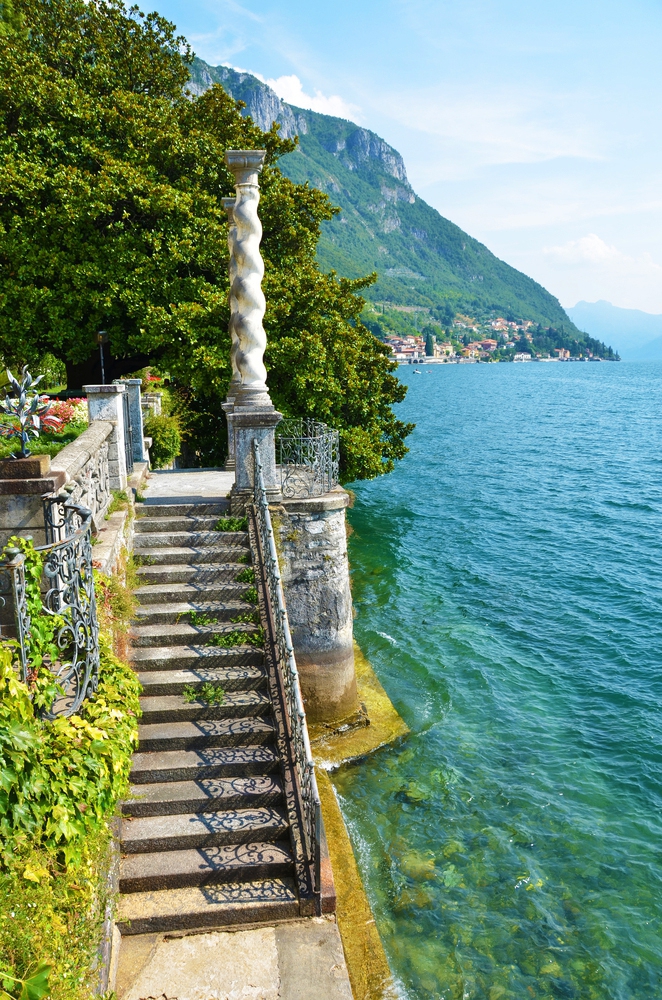
Villa Monastero Gardens -
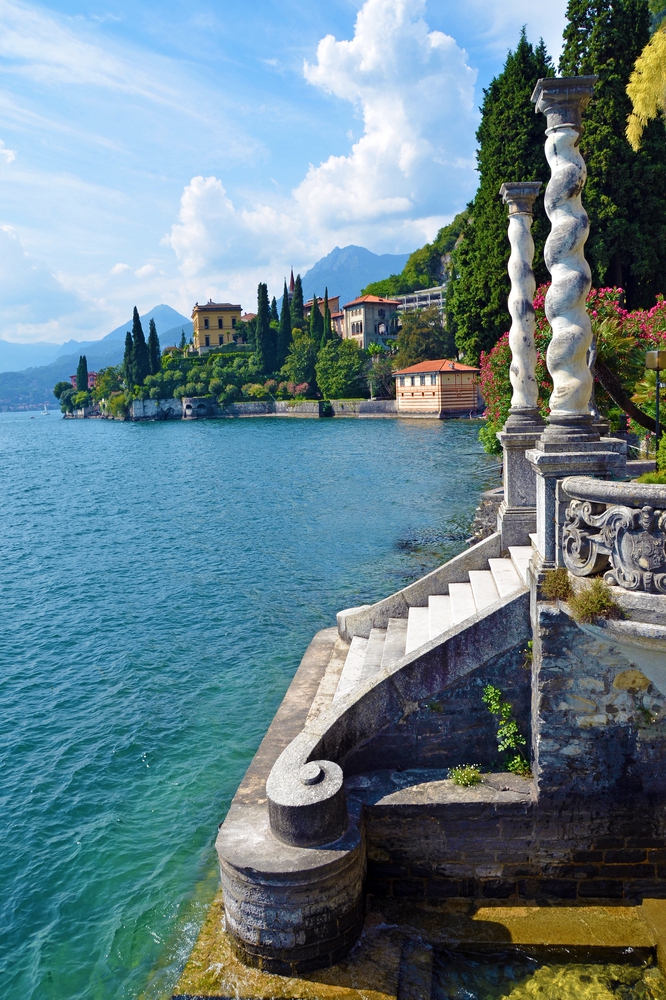
Villa Monastero Gardens -
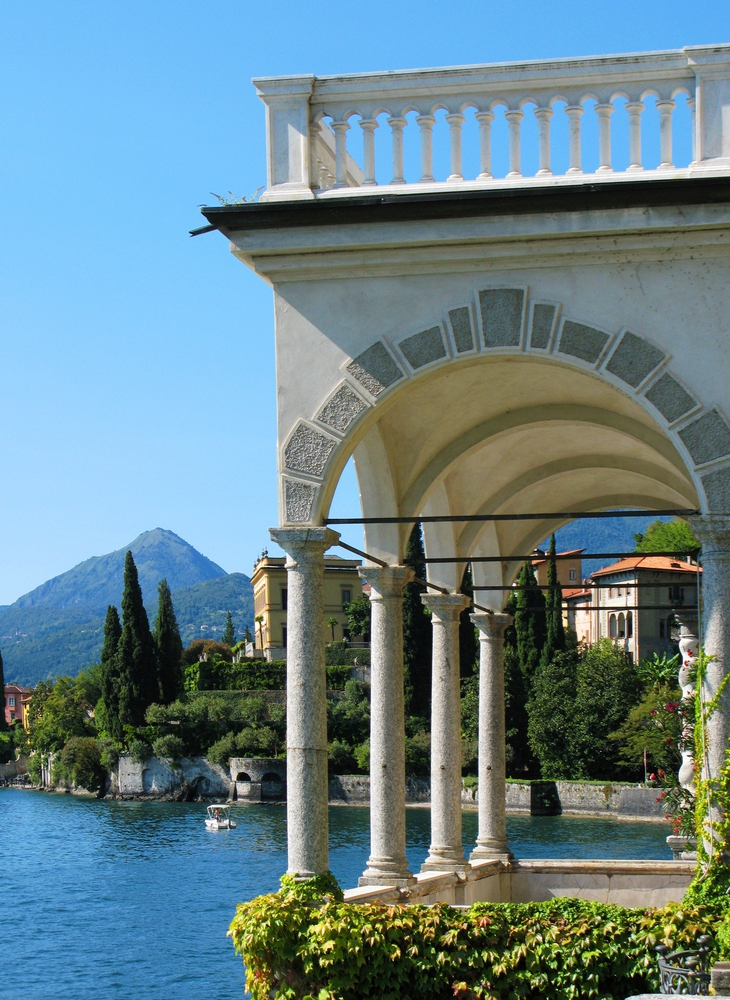
Villa Monastero Gardens -
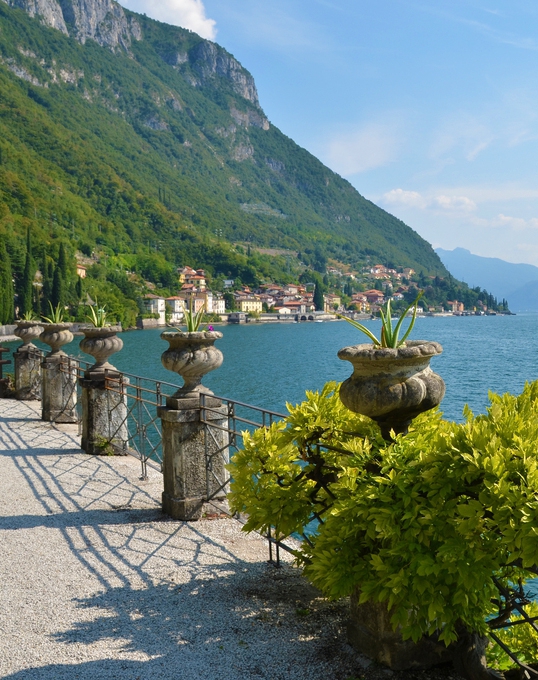
Villa Monastero Gardens -
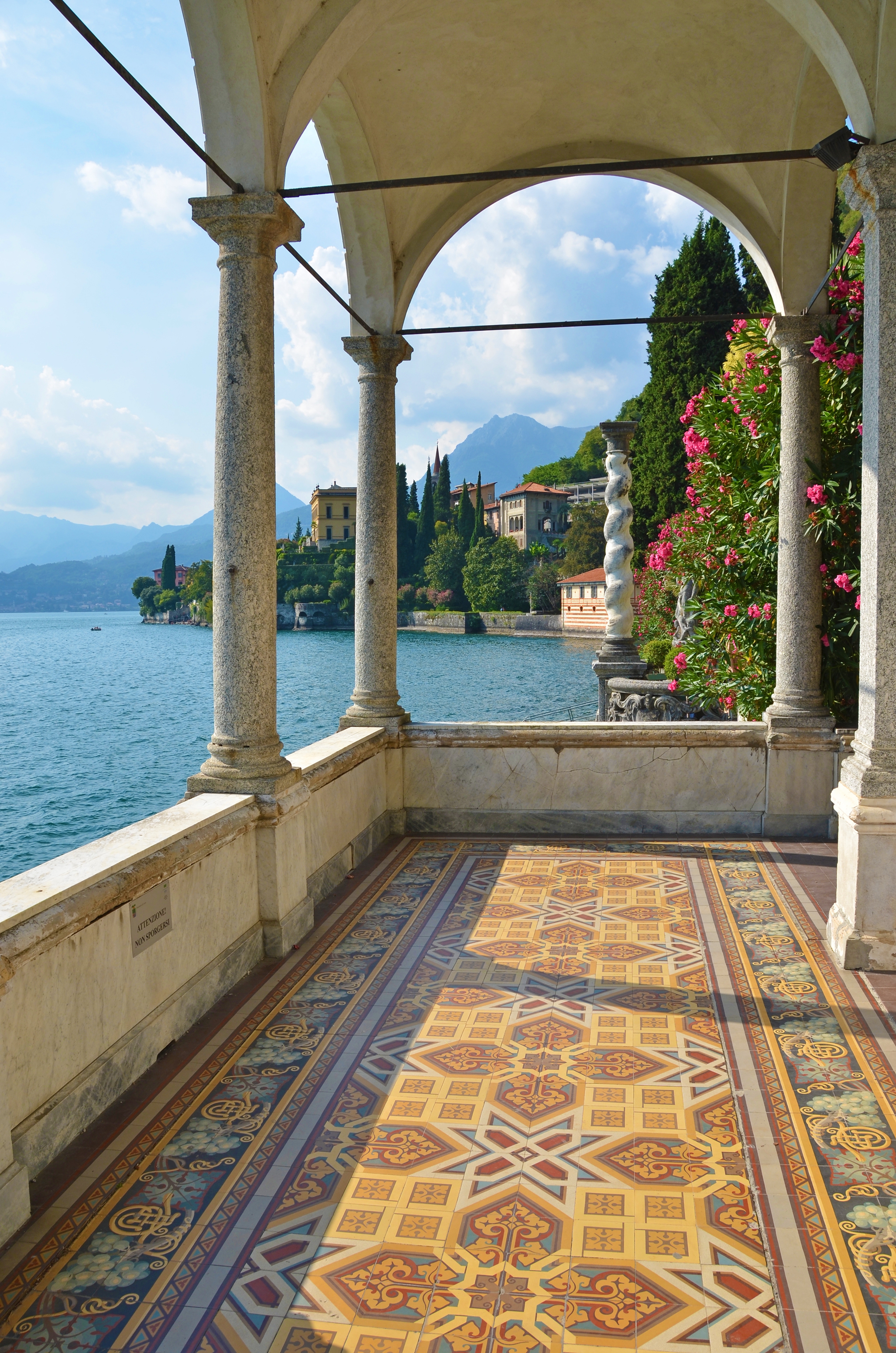
Villa Monastero Gardens -
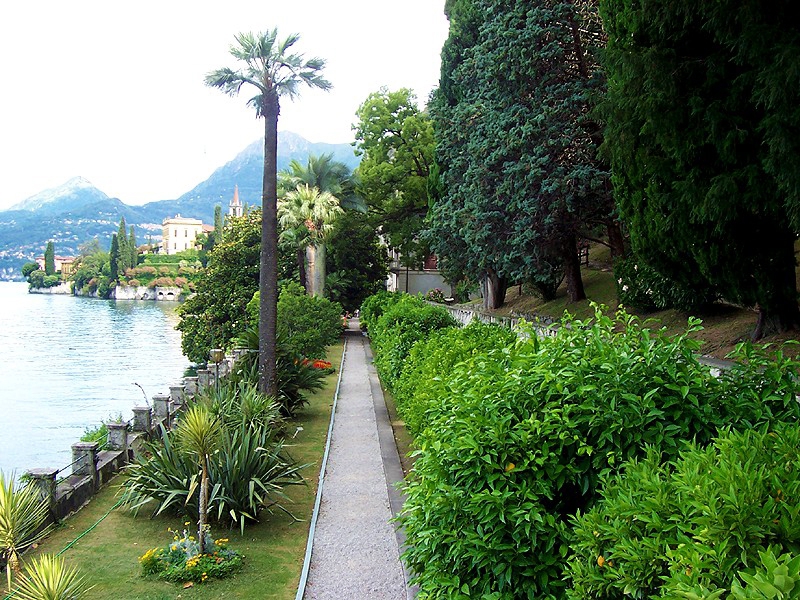
Villa Monastero Gardens -
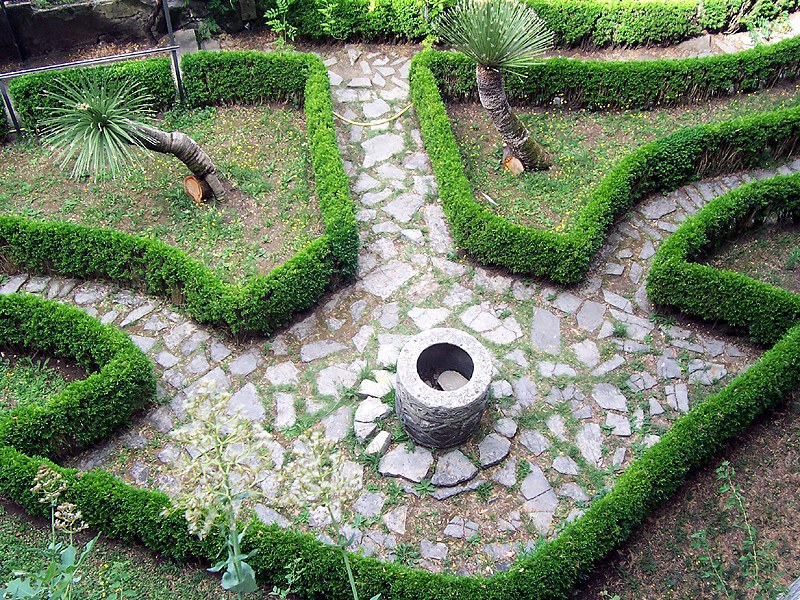
Villa Monastero Gardens -
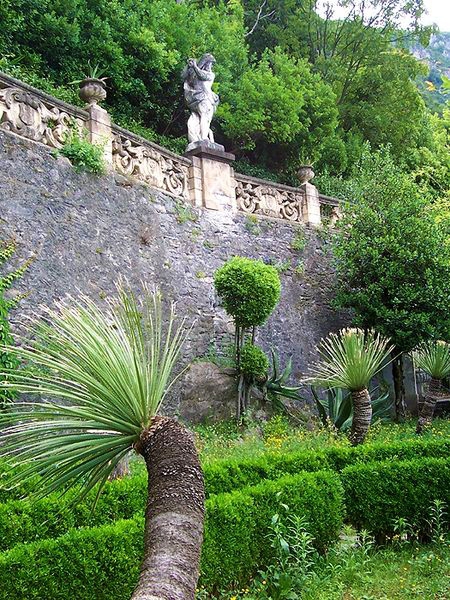
Villa Monastero Gardens -
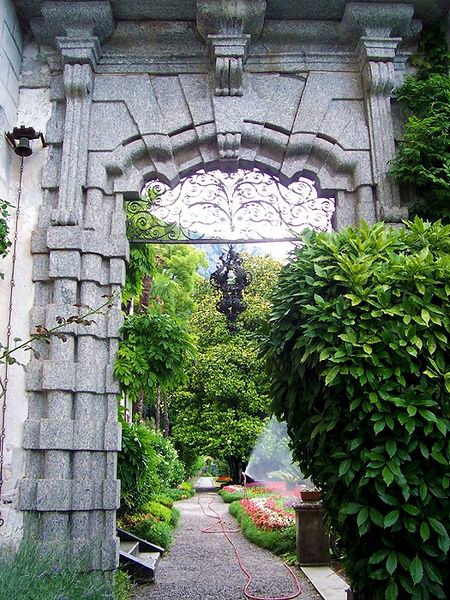
Villa Monastero Gardens -
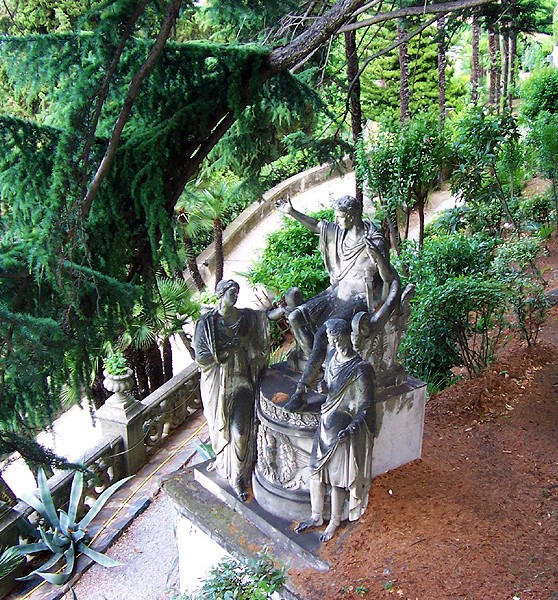
Villa Monastero Gardens -

Villa Monastero Gardens -

Villa Monastero Gardens -
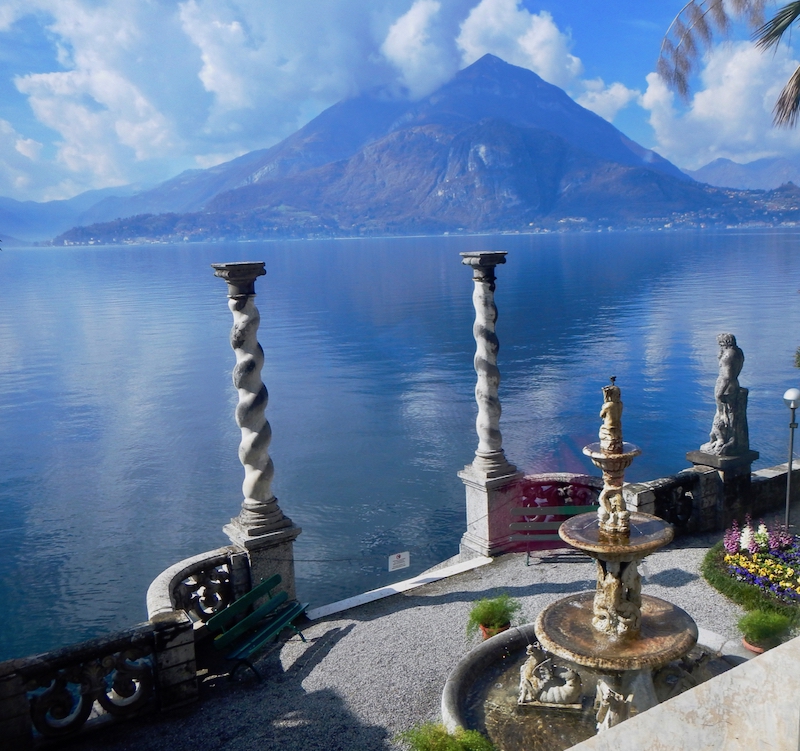
Villa Monastero Gardens -
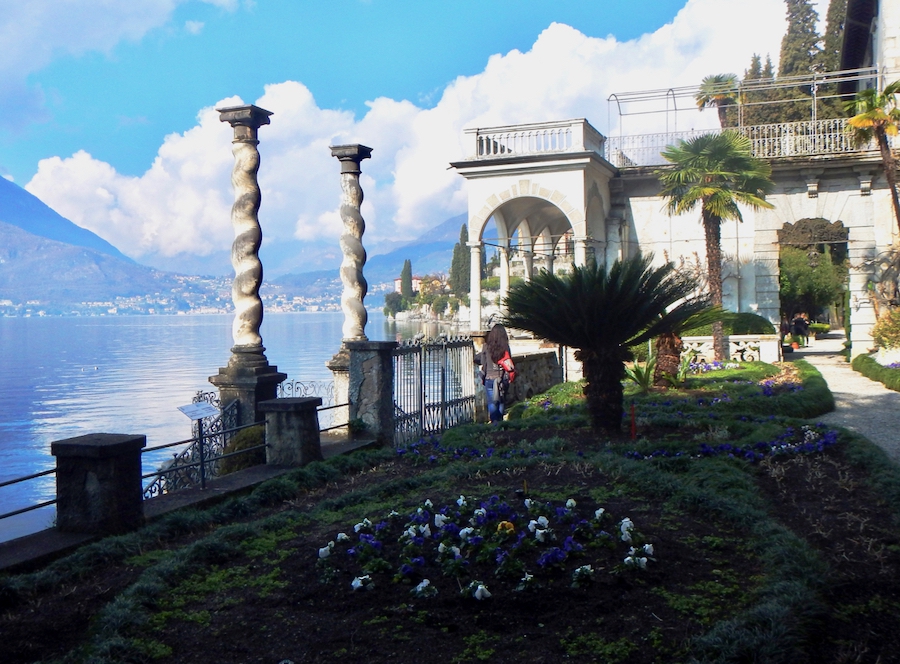
Villa Monastero Gardens -
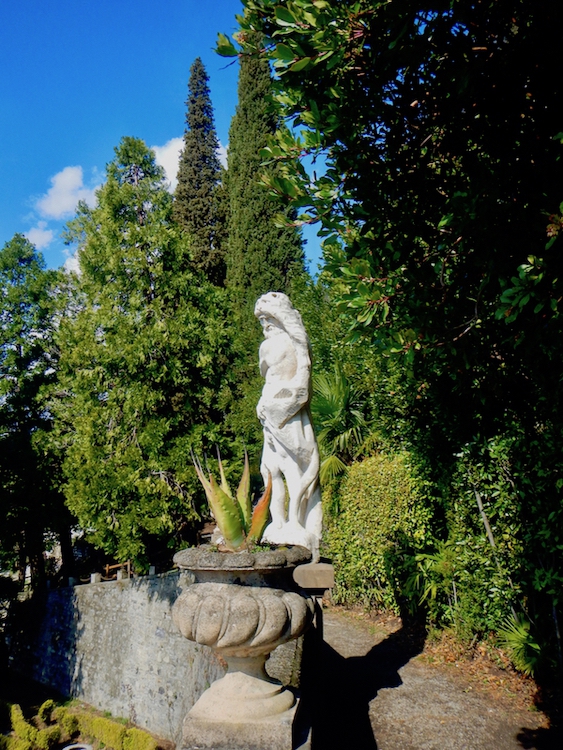
Villa Monastero Gardens -
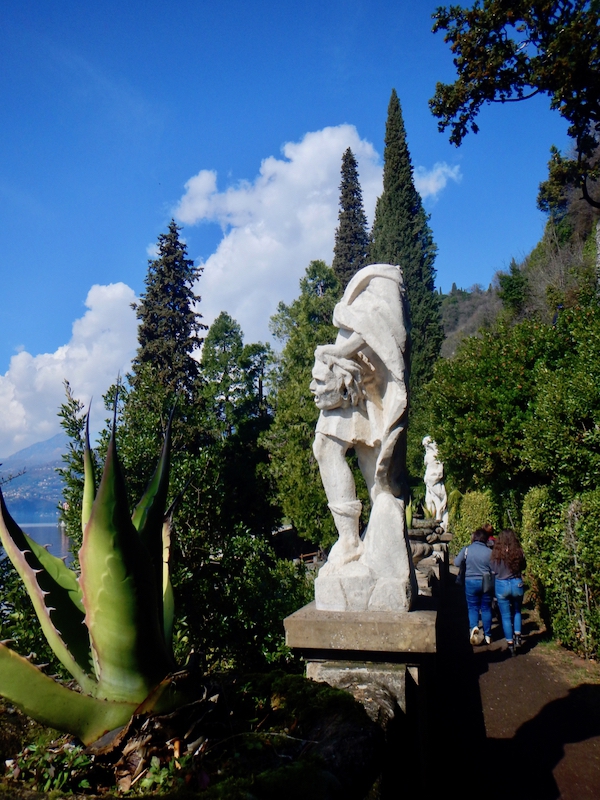
Villa Monastero Gardens -
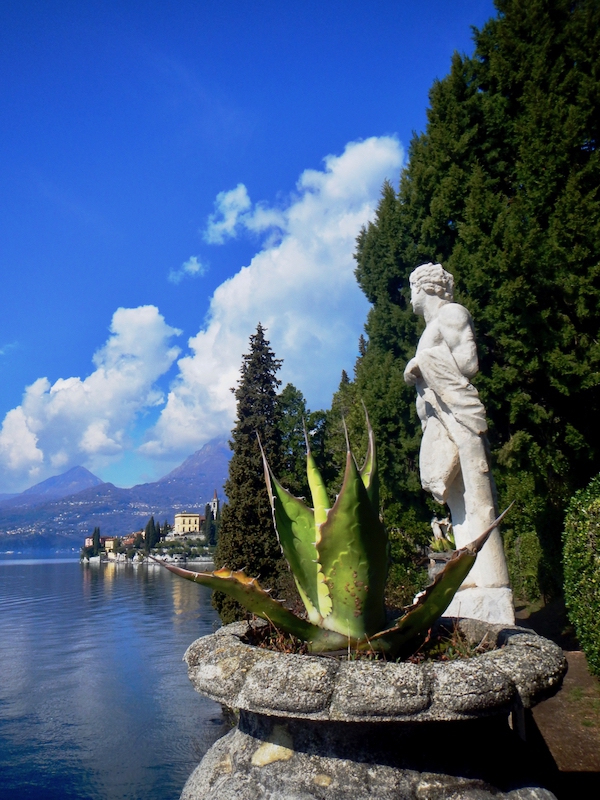
Villa Monastero Gardens -
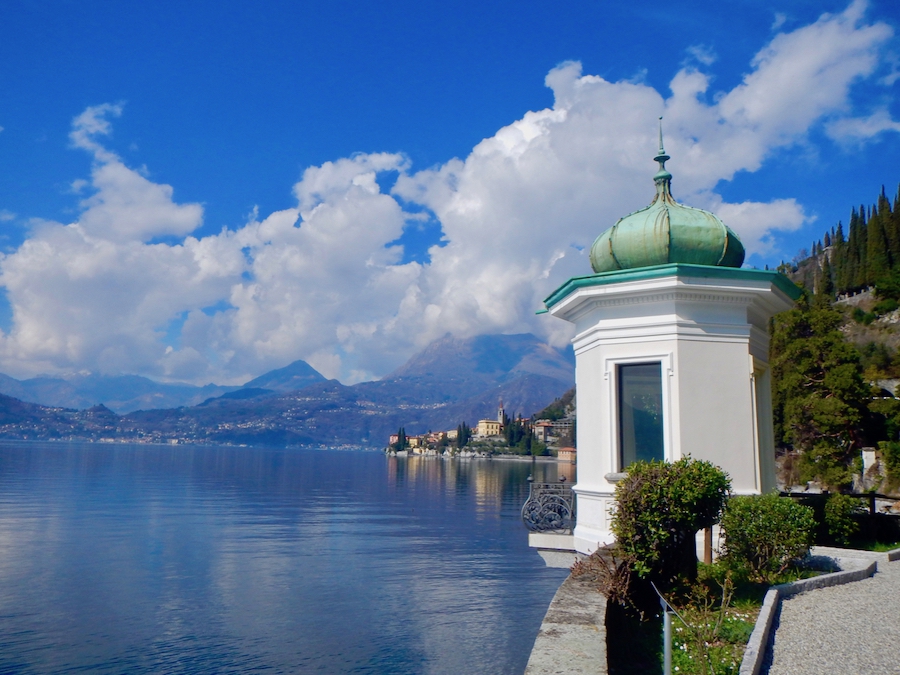
Villa Monastero Gardens
Villa Monastero Gardens Varenna Like
Villa Monastero: Ancient Origins
Villa Monastero, an ancient monastery and patrician abode, is today an international Congress Centre that offers the possibility of holding conferences, seminars, courses and workshops in extremely picturesque surroundings.
Villa Monastero has developed from the continual restoration work of the ancient Cistercian monastery of Santa Maria, first quoted in a document dated 1208. Its foundation is probably related to the religious settlings on the opposite side of lake Como: the St. Faustino and St. Giovita monastery on Comacina island from whence came some refugees in 1169. In 1566 the archbishop Carlo Borromeo decided to transfer the last six nuns of the Varenna monastery to another Cistercian monastery in Lecco; as a consequence, in 1569, the monastery buildings were sold to the Mornico family, who owned the buildings until 1862, when the Villa underwent major restoration works, such as the façade of the Villa and the two rooms on the ground floor, the Rossa and Nera rooms. It is nowadays one of the most interesting examples of an eclectic style residence on Lake Como; here the interventions from the end of XIX and the beginning of XX centuries have added functional and decorative elements without damaging traces of the building's history.
Internationally known literates, historians, artists, scientists, even Nobel Prize winners, have honoured Villa Monastero since 1953 when this prestigious abode became a Congress Centre for high level studies. Since 1963 the villa has become an international cultural and scientific centre; since 1996 the new Province of Lecco took over the Centre's cultural service by stipulating an agreement with the C.N.R., owner of the buildings, and founding the Institution "Villa Monastero".
The actual Fermi conference room was once the old church. The only surviving decoration is a small frescoed "Pietà", painted in the late-gothic period and inserted in a niche in the wall. The Renaissance altarpiece, which was on the main altar, today is to be found in the left chapel of the parish S. Giorgio church. Particularly interesting is the staircase, scenographically realised using polychrome marble, ceramics, stucco works. The so-called "Pompeian" or "King Farouk" bathroom is also a further example of this style. The room door's wood frame is also of the XVII century.
The enchantment of the gardens, which extend up to Fiumelatte, and the peace and quiet of the place makes the Villa an ideal environment for high level cultural and scientific meetings. They are also enriched with Mediterranean and tropical plants.
More to Explore.
Explore 23 other Parks and Gardens
Lake Como is a well known destination for its lavish gardens, parks and public spaces--whether a guided tour or summer picnic.